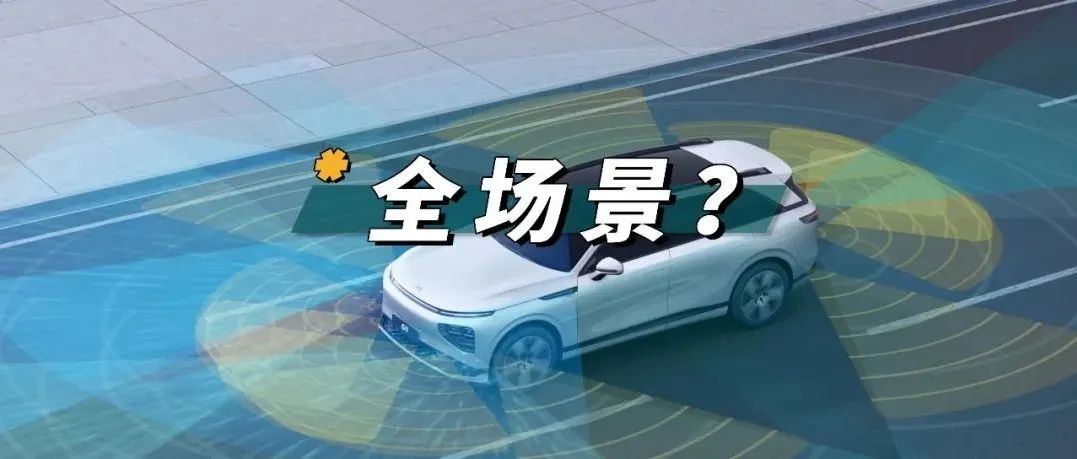G9 interior details finally revealed by XPeng Motors
Since its debut at the 2021 Guangzhou Auto Show, XPeng G9 has been keeping a low profile. However, with the release of mid-size and large-size SUVs like NIO ES7 and AWEETA 11, XPeng officially unveiled the G9 interior on August 10th.
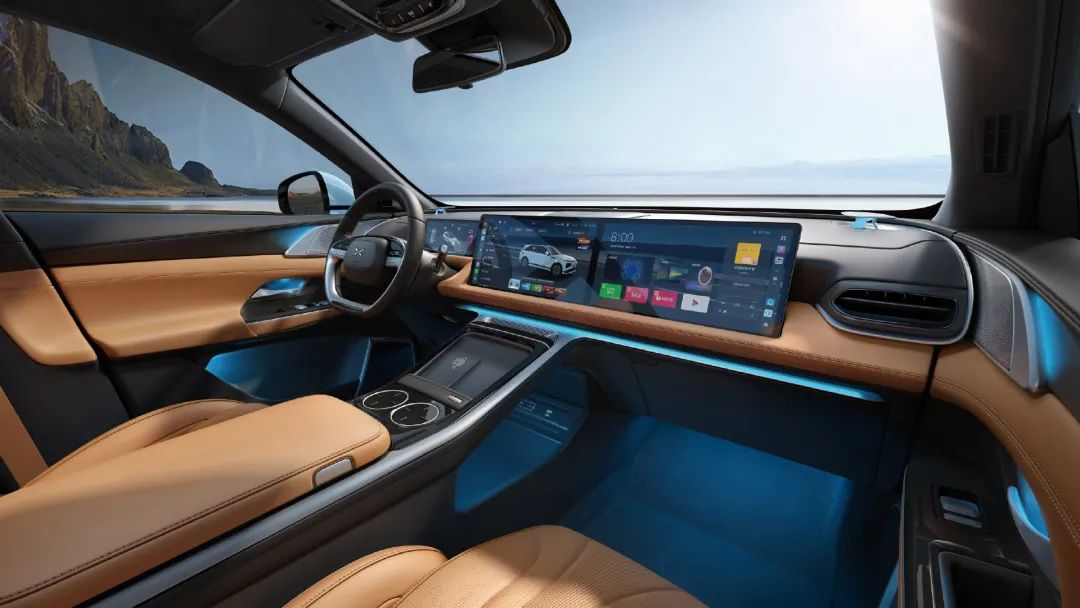
Apart from the interior, XPeng also revealed some exciting features of the G9, including an all-series 800V high voltage platform, ultra-fast 480 kW charging, dual-chamber air suspension, and 0-100km/h acceleration in under 3 seconds. However, G9’s breakthrough in the intelligent sector is no less impressive than its hardware engineering capabilities.
So, how will XPeng G9 redefine intelligence again?
“Parking to Parking”
A truly “door-to-door” intelligent driving.
If G3’s visual fusion parking is a pop quiz, P7’s NGP (Navigating on Highway Pilot) is a monthly test, and P5’s CNGP (Navigating on City Pilot) is a mid-term exam, then G9 will take XPeng’s years of accumulation in software engineering to participate in this final exam. This final exam will once again raise the intelligent driving market, which is currently experiencing a bottleneck in China, to a higher level.
Let’s first take a look at the XPILOT 4.0 and other intelligent driving hardware carried on G9:
- Two LiDARs;
- Twelve cameras (including 8 million pixel front dual cameras);
- Five millimeter-wave radars;
- Twelve ultrasonic radars;
- Two Orin-X chips with 508 TOPS computing power.
Obviously, XPeng did not choose to join the “arms race” in sensing hardware and computing power. However, two Orin-X chips with safety redundancy are the minimum requirement for the evolution of intelligent driving capabilities in the next few years. Similarly, two 8 million pixel cameras and two LiDARs are not the best in the current intense sensing hardware market, which is in line with XPeng’s intelligent concept: “Our goal is to create the most optimal solution in terms of technology capability at a reasonable BOM cost, creating greater user and enterprise value“.
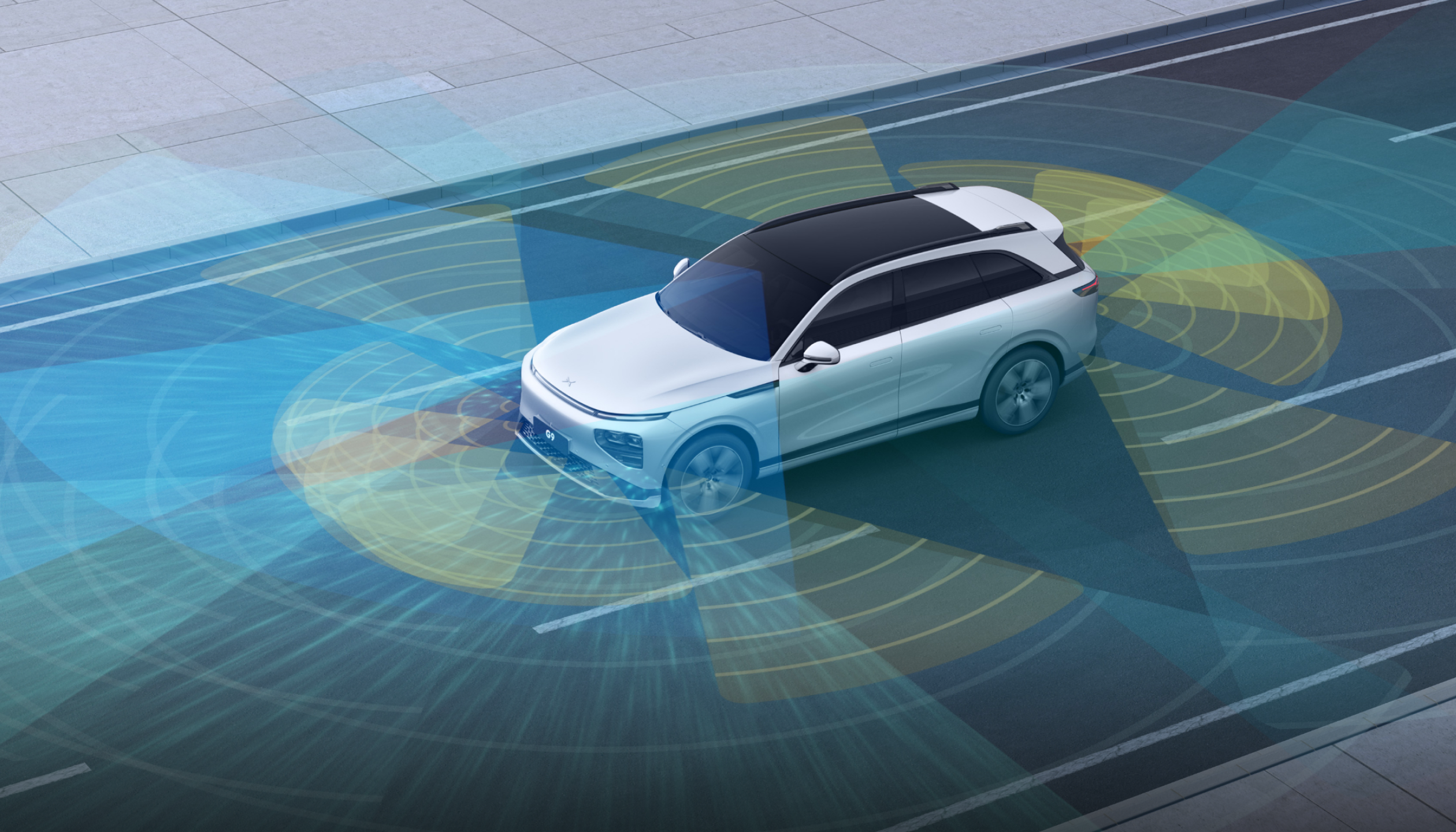
The same story is happening to Tesla, too. HW 3.0 hardware and a pure visual solution with 1.2 million pixels cameras are successfully driving on American streets. Consumers’ questioning voices on this technology are not about FSD’s hardware but when it will enter China.Compared to the solution of roof-mounted LiDAR, G9 places two LiDARs under the headlights in a “hidden” way, which optimizes both the appearance and the drag coefficient. When considering the position of these two LiDARs more deeply, it can be found that XPeng’s R&D focus on autonomous driving scenes is gradually shifting towards more complex urban open roads, which also reflects XPeng XPILOT’s faster engineering progress to some extent.
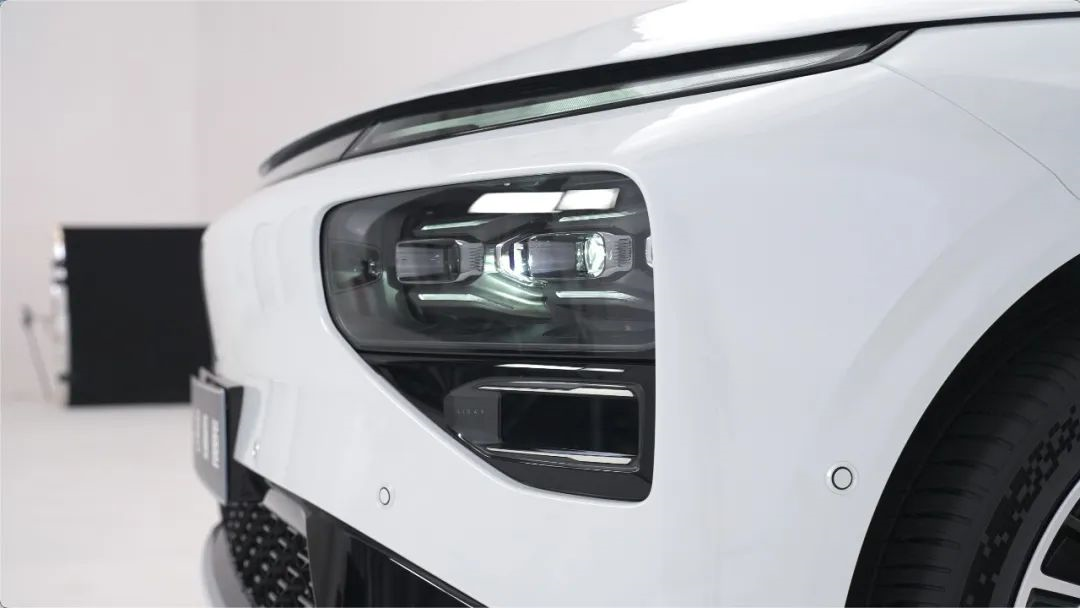
The most intuitive advantage of roof-mounted LiDAR is better detection performance. In the world of LiDAR, “one inch higher means one inch stronger” is definitely not wrong, which is why most Robotaxi models have roof-mounted LiDARs. However, in reality, an 8 million pixel front-view camera can see farther than LiDARs.
In fact, He XPeng once said in an interview, “We are not strongly dependent on high-precision maps and LiDARs, but only relying on vision alone cannot achieve redundancy backup or ensure safety in complex traffic environments. Therefore, it is a balancing logic.”
Why did G9 choose the plan of placing two LiDARs on the left and right sides? For urban intelligent driving, this arrangement can reduce the perceiving downward and side blind spots and significantly improve the vehicle’s ability to recognize nearby and low objects.
There is no consensus on the “best position for LiDARs” issue. Different car companies will weigh multiple dimensions such as their own needs, engineering difficulty, algorithms, and costs.
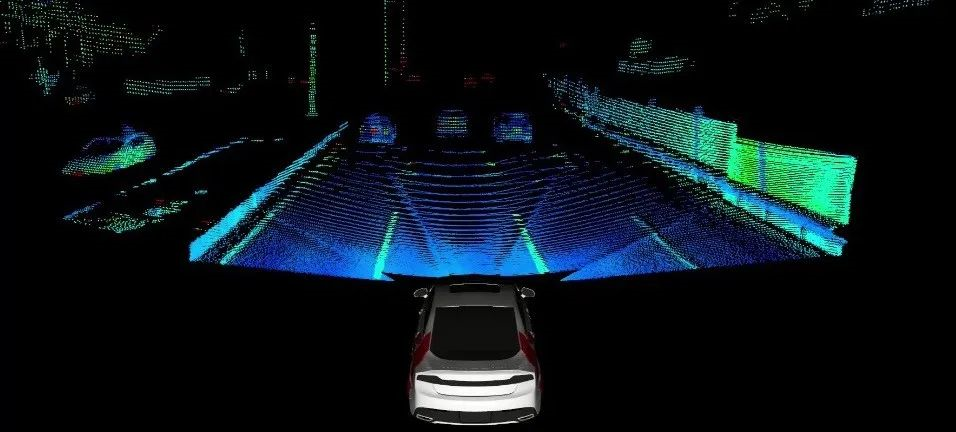
When discussing this issue, one cannot overlook the background that G9’s predecessor P5 was China’s first front-mounted mass-produced LiDAR vehicle, which gives XPeng a better understanding and know-how in relevant issues.
In addition, G9 is positioned as a global model. Considering the overseas market environment, XPeng XPILOT 4.0 will inevitably gradually reduce its dependence on high-precision maps in the future, which actually proves that G9’s point-to-point capability will be promoted to most cities in China in the future, and this capability will become a huge advantage in the next period of time.
Looking further ahead, He XPeng believes that XPeng will achieve true L4 level autonomous driving in 2026, and G9 may be the vanguard of XPeng Robotaxi.
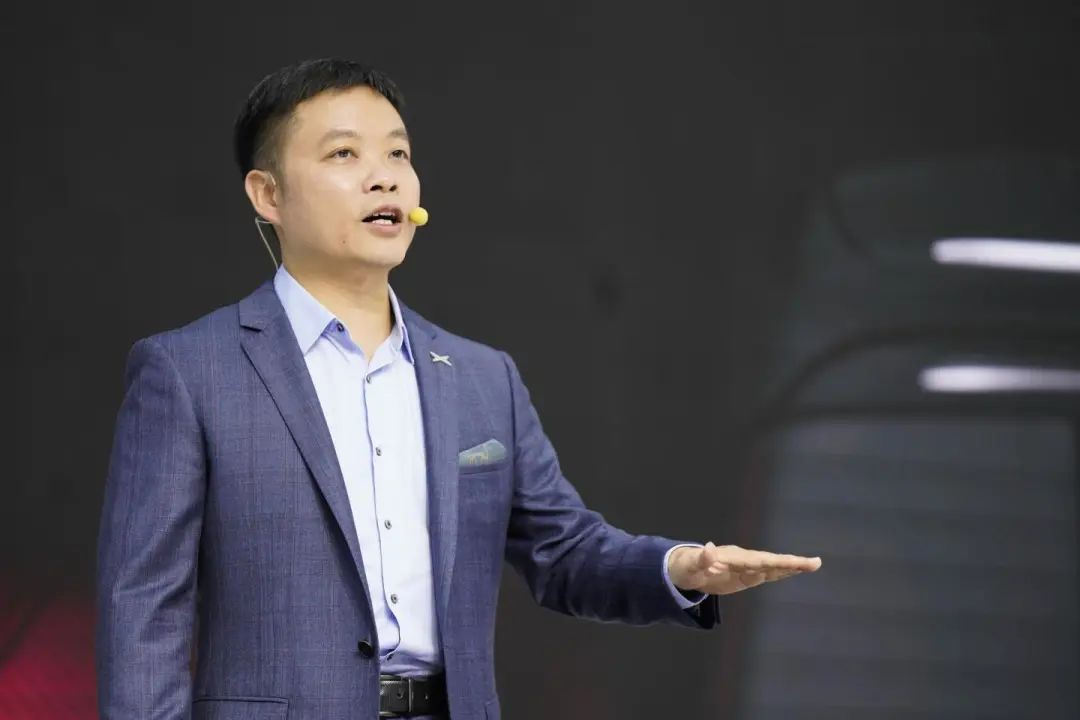 Behind the confidence in its software capabilities, XPeng has the largest autonomous driving computing center in China, a smart driving team of over 1,500 people, and years of experience in intelligent driving. Let’s talk about it in more detail one by one.
Behind the confidence in its software capabilities, XPeng has the largest autonomous driving computing center in China, a smart driving team of over 1,500 people, and years of experience in intelligent driving. Let’s talk about it in more detail one by one.
Firstly, on August 2nd, XPeng announced the completion of the “Fuyao” computing center in Ulanqab, currently the largest autonomous driving computing center in China, used for training the autonomous driving model. Based on Alibaba Cloud’s intelligent computing platform, “Fuyao” has a computing power scale of 600 PFlops (60 billion floating-point operations per second). In terms of data, the training speed of XPeng’s autonomous driving core model has increased nearly 170 times, reducing the required time from 7 days to less than 1 hour.

Currently, “Fuyao” has been used for CNGP’s algorithm model training. After G9 is delivered on a large scale, it is expected that XPeng’s algorithm iteration will go even further.
Secondly, over 1,200 new graduates will join XPeng in 2022, with 41% of them joining the smart module field. Looking across the entire company, the number of R&D personnel disclosed in the Q1 financial report this year was 5,271, and He XPeng has also revealed that the smart driving team has a scale of 1,500 people. Obviously, XPeng is trying to maintain or even further enlarge its leading advantage, and fresh blood is constantly flowing in. As an “up-and-coming” intelligent driving company in recent years, talent is a strategic resource that every car company places extremely high value on.
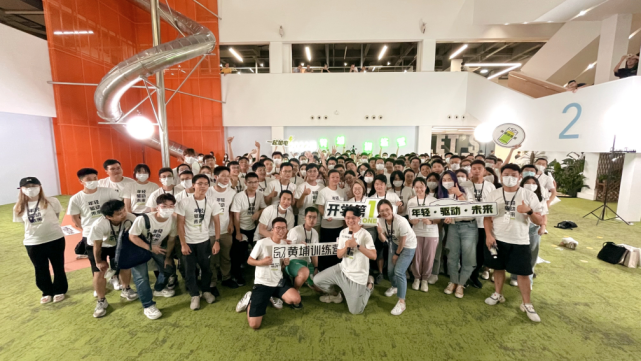
Lastly, XPeng has accumulated years of experience in intelligent driving. It fired the first shot of the industry’s vision fusion parking with XPILOT 2.5 on G3, completed NGP with XPILOT 3.0 on P7, and completed the primary phase of CNGP with XPILOT 3.5 on P5.
Perhaps you may have a question: hasn’t CNGP not been launched yet?
Indeed, due to policy approval factors, CNGP has yet to meet with users officially. XPeng is actively promoting the approval process and believes that good news will be coming soon.
From the previous video of He XPeng experiencing CNGP with Wu Xinzhou, although P5 does not have any advantages in hardware, the completion level of this system is already quite high.And XPeng has also expressed in the media interview that “the progress caused by the transformation of data and algorithm models in recent years far exceeds our imagination. Recently, I will sit down with our CNGP every three weeks. Honestly, there are huge changes every three weeks, and this is still with 30 TOPS of computing power. Next year, with all our computing power at 500 TOPS, it will be completely different.”
G9, with stronger hardware foundations, has a clear goal of forming a closed loop from parking lot – city – highway / elevated road – city – parking lot, achieving true point-to-point full-scenario intelligent driving. This non-severable intelligent driving experience is a revolutionary change for user experience.
From a broader perspective, the G9 XPILOT 4.0 intelligent driving capability can achieve a preliminary closed loop at this stage. After adopting the light map scheme, XPeng’s intelligent assisted driving will become more adaptive, and its distance score will become closer and closer to full marks.
Of course, XPeng not only maintains its leading advantage in the field of intelligent driving in China, but also further explores more intelligent fields, even the underlying architecture.
Translation of full-scenario intelligence
Full-scenario intelligence is not limited to just intelligent driving. Starting from P5, XPeng further explored the intelligent cabin, and “the third space” was born. With G9, the intelligent dimension of the cabin is pushed to a new height with the 3D man-machine interaction system.
This may be the industry’s first man-machine interaction system developed based on the 3D UI, jointly developed by XPeng and Unity 3D engine. Unity engine has given birth to well-known games, including Genshin Impact, Pascal’s Wager, Honor of Kings, and Monument Valley.
What are the advantages of 3D UI?
If it is just a simple 3D interface, it doesn’t seem to have any highlights. But if the real scene is projected into the car screen, will that be different? For example, by perceiving the hardware to recognize the ground lock of the charging pile and presenting the perception picture on the central control screen, it is easy to control the ground lock through the screen and charge it. This simple, unobtrusive, and easy-to-use interaction is the most natural communication between man and machine. On the contrary, using multiple menus or mobile apps to lower the ground lock is more like flipping through a digital dictionary, and the difference in interaction experience between the two is obvious. You can experience it from the following XPeng’s official video for your better understanding.
Looking at the video revealed by the company, the visualization of autonomous driving has also been processed in 3D, which is more intuitive for feedback in complex urban roads and surrounding environments.

In the long run, as autonomous driving gradually becomes popular in some years, the smart cockpit will become the most important helper for in-car entertainment and interaction. At present, the smart cockpit is still in an imaginative stage, and each step forward cannot be ignored.
As for smart voice, XPeng is already at the “thousand-mile level”. XPeng’s voice assistant, Xiao P, seems to be constantly improving, with humanized voices, visible and audible communication, continuous conversations, semantic recognition, and so on. This was completely unimaginable three years ago. This time, on the G9, Xiao P completed another improvement.
- Millisecond-level interactive response, “words to action”.
- Accurate recognition in four-tone areas, without interference.
- In the absence of a network or weak network, local conversation can still be carried out.
This kind of “full-range and imperceptible” interaction can be regarded as the highest standard for voice assistants, even looking at the global market today, Xiao P’s ability is outstanding.
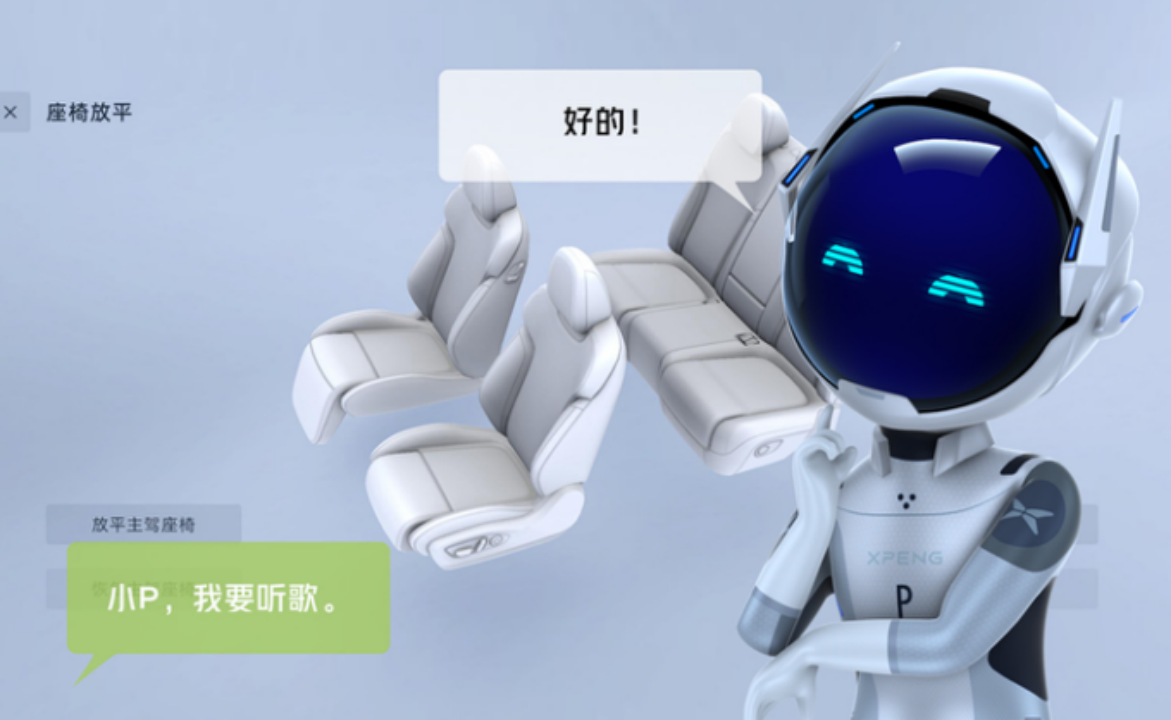
In addition, the sleep space and meditation space have new UI interfaces. With multiple linkage of air conditioning, fragrances, music, alarm clocks, and ambient lights, consumers are provided with another third space besides home and office.
At the same time, XPeng further explores the third space, such as the 5D experience launched in the G9, which calls on hardware such as panoramic sound, rhythmic seats, and air conditioning to coordinate with the source to create a more immersive experience. The seemingly simple scene function relies on advanced electrical and electronic architectures to achieve software and hardware collaboration, and the technical foundation behind the experience is not easily noticeable to consumers.
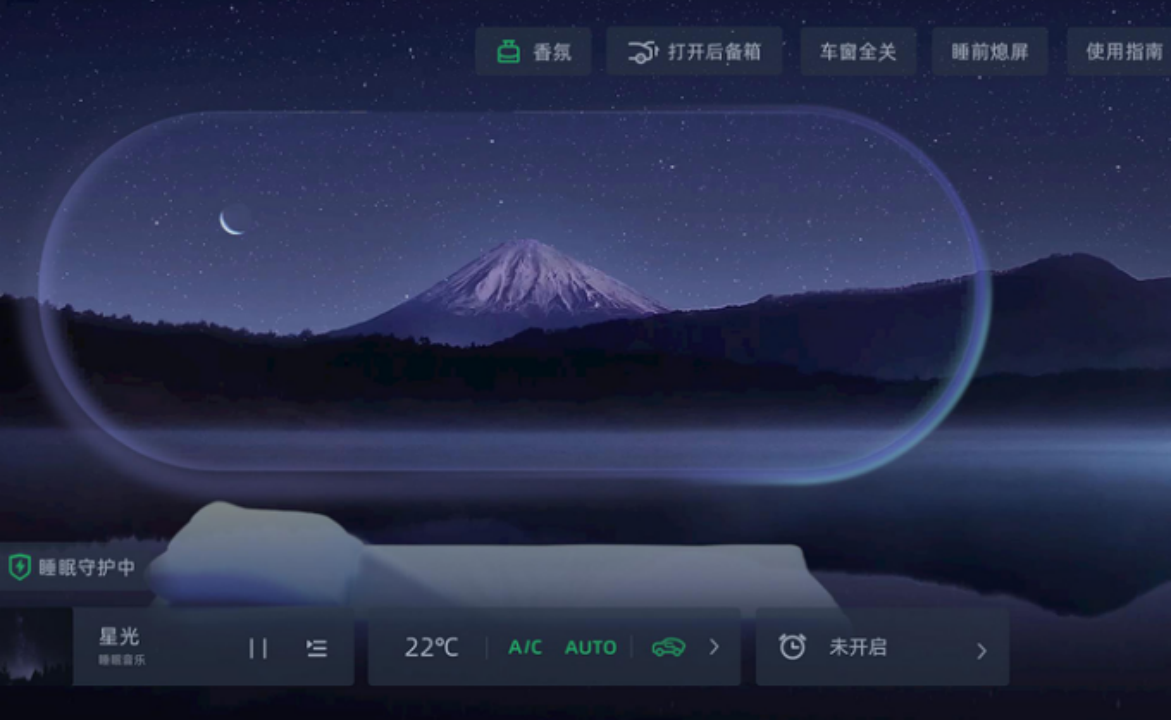
EEA (Electrical/Electronic Architecture) has always been something that users have weak perception of. But after the development of the automotive industry in recent years, the ability of EEA has gradually been perceived by consumers, especially in the era of “software-defined cars”. XPeng’s EEA 3.0 adopts a central supercomputer + 4 regional control hardware architecture, and the new EEA 3.0 also makes G9 unique.
“`
Simply put, X-EEA 3.0 concentrates all computing power in one place (central supercomputer), with a higher limit, stronger capability, and simpler structure. With the help of four domain controllers, the entire vehicle functional area can be connected, and the development and updating of content can allow engineers to be more creative and skilled. Connecting these signals also requires gigabit Ethernet as the backbone communication architecture, which plays an important role in further improving the intelligent capabilities of the entire vehicle, especially for the transmission of a large amount of ADAS data.
From a user’s perspective, G9’s OTA iteration speed will be faster, and the OTA scope will be wider. User needs or product needs can be developed and updated more quickly, providing the most basic guarantee for G9’s full-scene intelligence.

Secondly, the upgrade time is fast. The official data given by XPeng is 30 minutes, which is synchronized and refreshed by multiple controllers. At present, the vehicle’s OTA upgrade of the major version generally takes 1-2 hours. Moreover, domain controllers are partitioned in memory, and upgrades and vehicle operations do not interfere with each other. That is to say, you can perform OTA upgrades while driving, and the upgrade can be completed when the vehicle starts up again, which effectively avoids the embarrassing scene of upgrading in the middle of the road.
XPeng has always been at the forefront in the field of intelligence and shows no signs of slowing down. With the support of the new generation of underlying architecture, the time has come to test XPeng’s software engineering team.
Final Words
XPeng used G9 to interpret the understanding of full-scene intelligence, from point-to-point intelligent driving, to a potential intelligent cabin, and even to intelligence hanging systems such as suspension. The differentiation brought by intelligent advantages has always been one of XPeng’s most eye-catching selling points. It is believed that this time G9 will further amplify the product advantages brought by differentiation.
But in the eyes of He XPeng, this is just the beginning. There are still many opportunities to be explored in the fields of flying cars and robotics. What surprises will XPeng bring us at the 1024 XPeng Technology Day in two months? Wait and see!
This article is a translation by ChatGPT of a Chinese report from 42HOW. If you have any questions about it, please email bd@42how.com.
